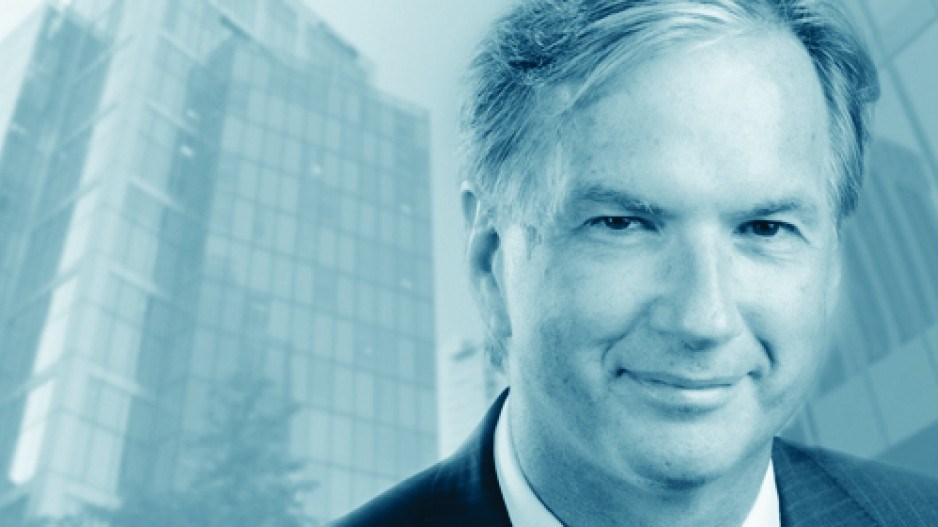It might soon be time, but not before. . .
The reopening of the economy will need to come in baby steps, even if the Easter weekend probably made many feel we can take larger strides.
British Columbia is doing well to flatten the growth curve of COVID-19 cases, but we ought to know by now that that simply means the coronavirus will be with us longer and not necessarily harsher. The last thing we should want is a large wave of infections, illness and worse.
Still, there is a view emerging that the province has entered a phase of pandemic maintenance. COVID-19 appears to be unfolding in Canada as a group of regional contagions, not one coast-to-coast-to-coast. And B.C. seems to have gotten the long end of the straw, in part because (despite the occasional social media shaming) we’ve gone indoors and stayed socially distant.
Certainly, it is going to be difficult to restrain people from being people and business from being business much longer, so a middle path between normal and the new normal needs to be mapped.
But not before. . .
The most glaring problem is the lack of information on who is and has been sick. We have official statistics of the declared and discovered caseloads, but because we have tested so few in the province (about 1,000 a day), we don’t know what we’d be letting loose if we let the leash out – most likely, it means a siege on our hospitals.
Without widespread tests, it feels like we’re conducting a public opinion poll by canvassing three people. We need thoroughness to find out who has it – regular tests every couple of weeks, not just one – along with a serology test to determine who has the antibodies and could resume work with less risk to themselves and others. That’s likely to take some time.
Until that happens, we are taking political risks to advantage the economy over health. With ample tests and some form of contact tracing without surrendering our privacy, we could balance the two objectives more effectively.
Countries the world over are agreeing we cannot disassociate what we do for the economy from what we do for our health. That being said, we need to feel we are moving back toward normalization if we can expect the existing restrictions to be willingly and trustingly endured.
What we would then need are some operational plans, sector by sector and even business by business, on how and when to resume. Symbolism is going to be important here; those boarded-up retail outlets, the shuttered small merchants and the diminished restaurants might be smart first targets for resurgence. They are the most obvious missing teeth from the pandemic’s punch.
What might it look like? More space between patrons at eateries, with self-serve instead of table-serve perhaps. Different days of the week and shifts for office and factory workers to return in batches. Maybe designated days or hours for people to shop in shifts or by appointment to manage the crowds. Shortened hours for merchants with a focus on seeing but not touching the merchandise. One-way aisles and more online ordering for pick-up in stores. Face masks, plexiglass counters, the same distancing as an airport customs line.
At a larger level, we will also need to think about what it will take to make our economy more self-sufficient and less dependent on supply chains we now know can break. But again, baby steps first.
Much as this would set back the convenience to which we have grown accustomed, it would be a necessary bridge back to a semblance of our recent memory. We will need that memory to restore our drive to consume. Many won’t have the same money to spend, but some will – and some is all that’s needed to make some progress back for the economy. Again, think baby steps.
Politically, there are giant risks here, and in Canada at least it doesn’t seem as if any leader wants to be the first mover on economic reactivation. Quebec’s François Legault muses most about it, but John Horgan has been mum. He and his health minister, Adrian Dix, have ceded the ground to the chief health officer, Bonnie Henry, and she’s been cautious if not absolute in her ground rules. They’d be easier rules to enforce if the temperature and rain were coming down.
Get us the test kits and maybe then we can squint into the light at the end of the tunnel.
Kirk LaPointe is publisher and editor-in-chief of Business in Vancouver and vice-president, editorial, of Glacier Media.




